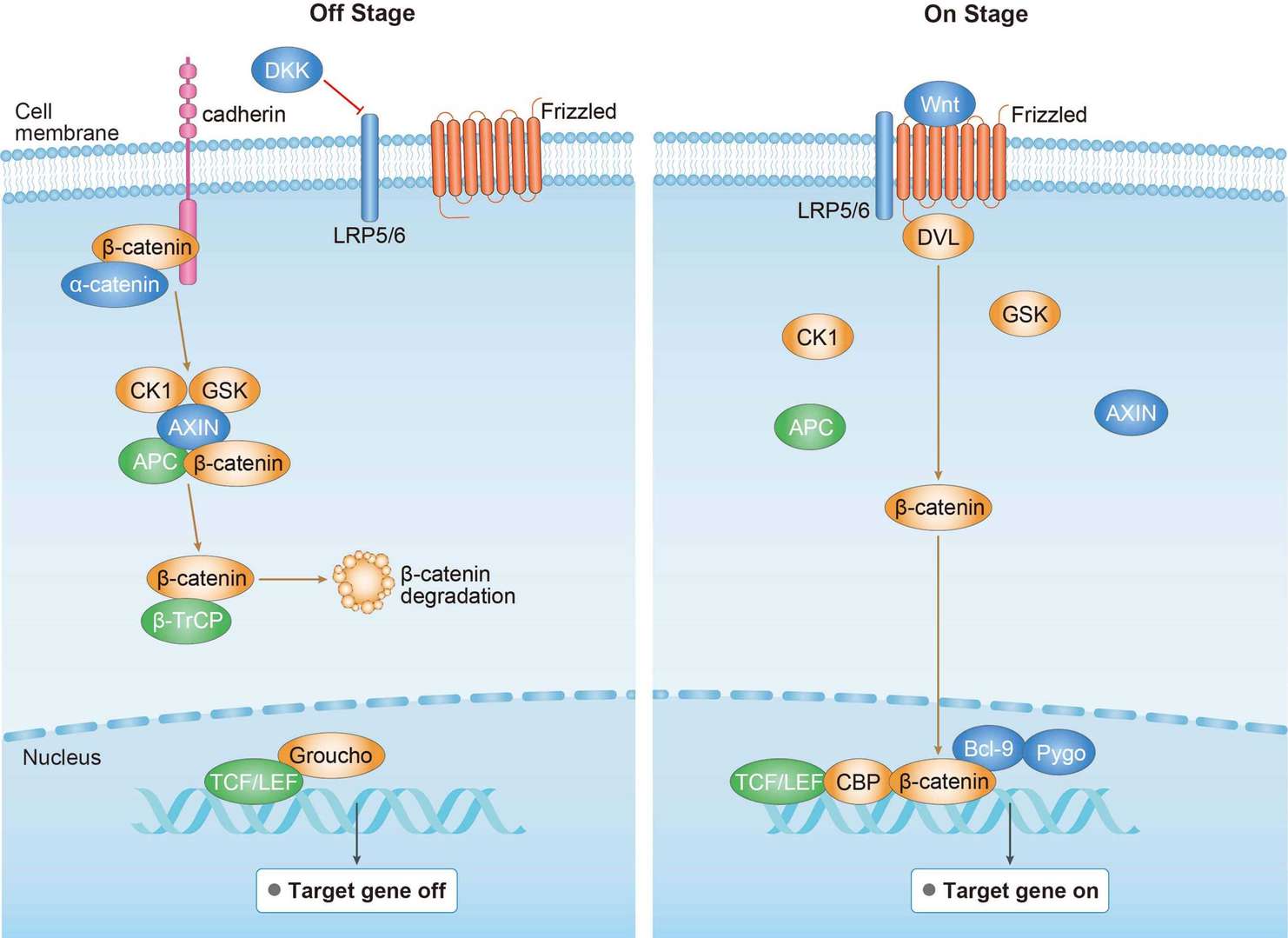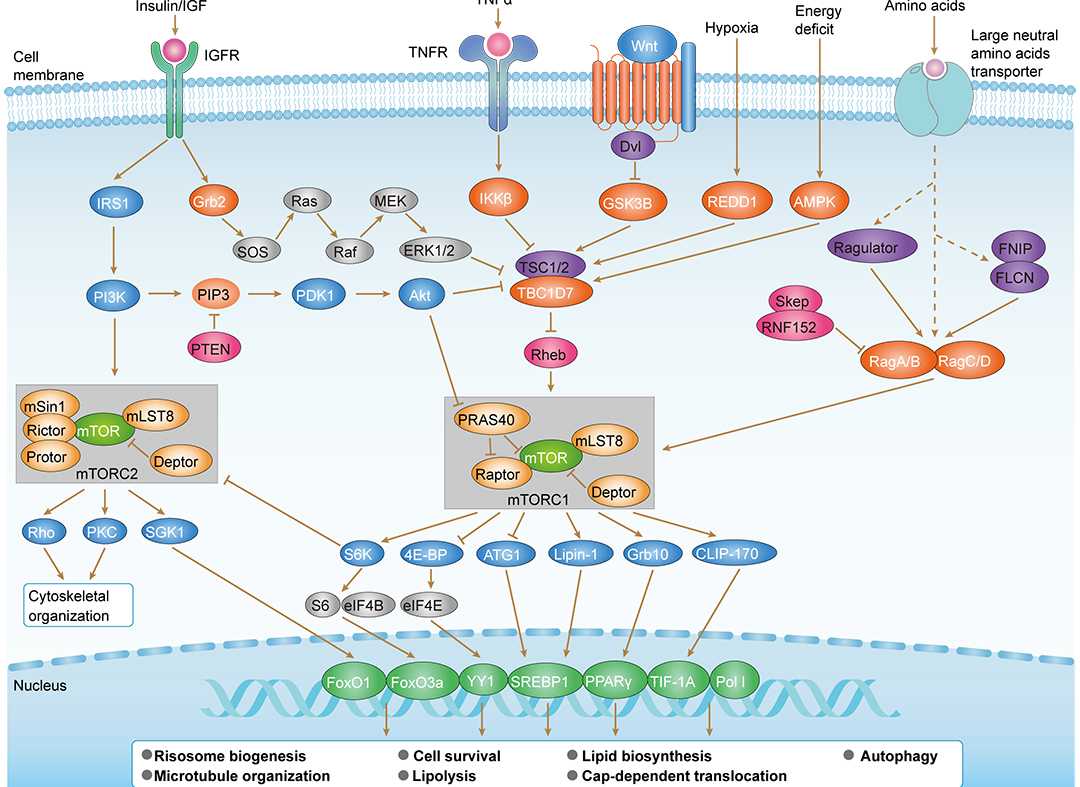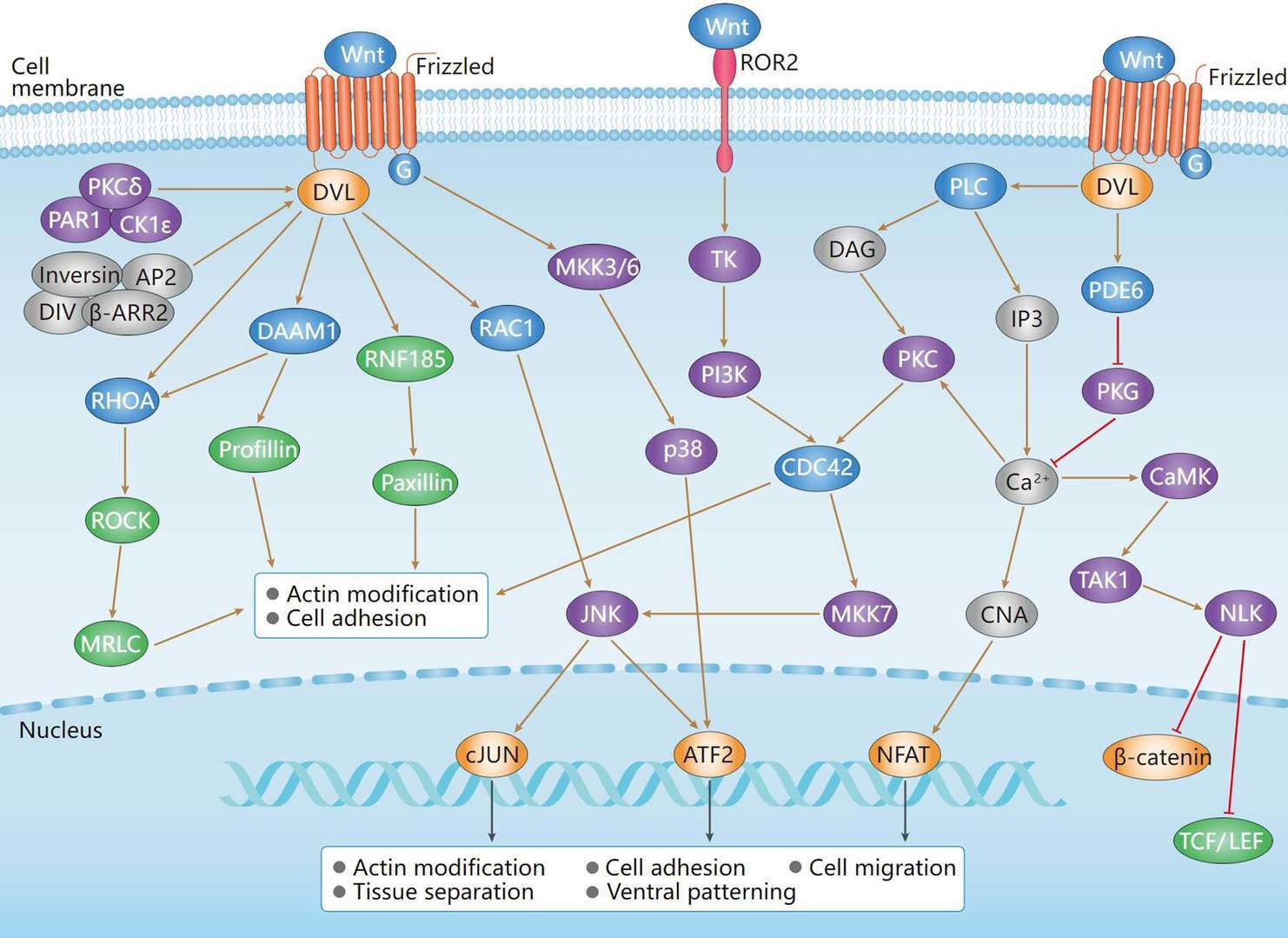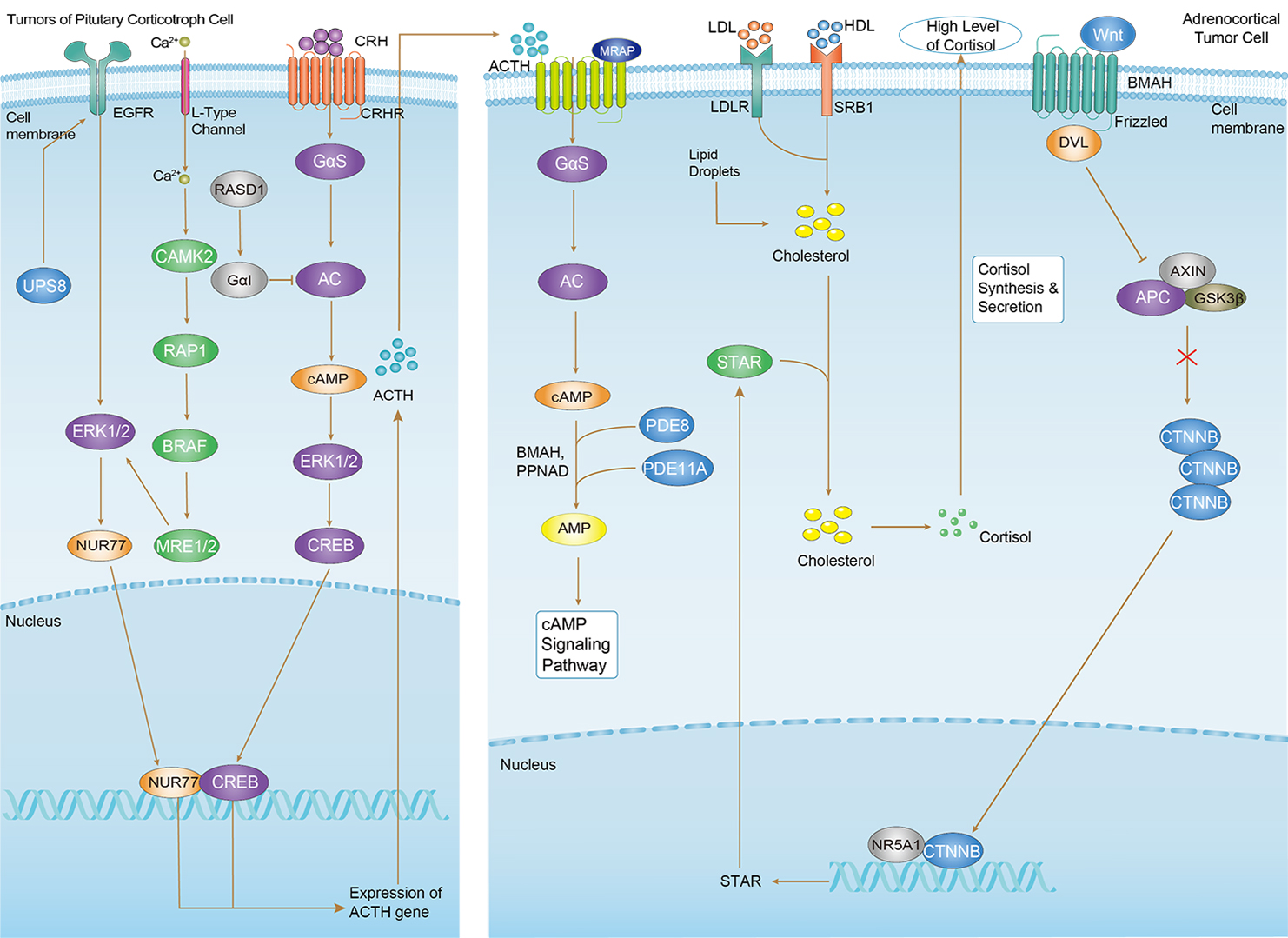+ Filter
 Loading...
Loading...

WNT10B
 Loading...
Loading...Anti-WNT10B Products
-
- Species Reactivity: Human
- Application: ELISA, ICC, IF, IHC-Fr, IHC-P, WB
-
- Species Reactivity: Human
- Type: Mouse IgG
- Application: WB, IHC, IF, ELISA
- Mouse Anti-WNT10B Recombinant Antibody (clone 5A7) (VS3-QX1245)
-
- Derivation: Mouse
- Species Reactivity: Human
- Type: Mouse IgG1
- Application: WB, IHC, ICC, FC, ELISA
- Mouse Anti-WNT10B Monoclonal Antibody (VS7-0425-WR1131) (VS7-0425-WR1131)
-
- Species Reactivity: Human
- Type: Mouse IgG
- Application: WB, IHC-P, IF, ICC, ELISA
- Anti-WNT10B Immunohistochemistry Kit (VS-0325-XY2492)
-
- Species Reactivity: Human, Mouse
- Target: WNT10B
- Application: IHC
- Anti-Mouse WNT10B Immunohistochemistry Kit (VS-0525-XY7923)
-
- Species Reactivity: Human, Mouse, Rat, Zebrafish
- Target: WNT10B
- Application: IHC
- Anti-Human WNT10B Immunohistochemistry Kit (VS-0525-XY7922)
-
- Species Reactivity: Human
- Target: WNT10B
- Application: IHC
View More Products
Can't find the products you're looking for? Try to filter in the left sidebar.Filter By Tag
More Infomation
Our customer service representatives are available 24 hours a day, from Monday to Sunday. Contact Us
For Research Use Only. Not For Clinical Use.
Background
The WNT gene family consists of structurally related genes which encode secreted signaling proteins. These proteins have been implicated in oncogenesis and in several developmental processes, including regulation of cell fate and patterning during embryogenesis. This gene is a member of the WNT gene family. It may be involved in breast cancer, and its protein signaling is likely a molecular switch that governs adipogenesis. This protein is 96% identical to the mouse Wnt10b protein at the amino acid level. This gene is clustered with another family member, WNT1, in the chromosome 12q13 region. [provided by RefSeq, Jul 2008]
Protein class
Disease related genes, Human disease related genes
Predicted location
Secreted
Single cell type specificity
Cell type enhanced (Extravillous trophoblasts, Excitatory neurons, Fibroblasts, Inhibitory neurons)
Immune cell specificity
Not detected in immune cells
Cell line specificity
Cell line enhanced (K-562, T-47d, U-266/84)
Interaction
Forms a soluble 1:1 complex with AFM; this prevents oligomerization and is required for prolonged biological activity (PubMed:26902720). The complex with AFM may represent the physiological form in body fluids (PubMed:26902720).
Molecular function
Developmental protein
More Types Infomation


 Canonical Wnt Signaling Pathway
Canonical Wnt Signaling Pathway
 mTOR Signaling Pathway
mTOR Signaling Pathway
 Non-Canonical Wnt Signaling Pathway
Non-Canonical Wnt Signaling Pathway
 Throid Cancer
Throid Cancer
 Cushing Syndrome
Cushing Syndrome

